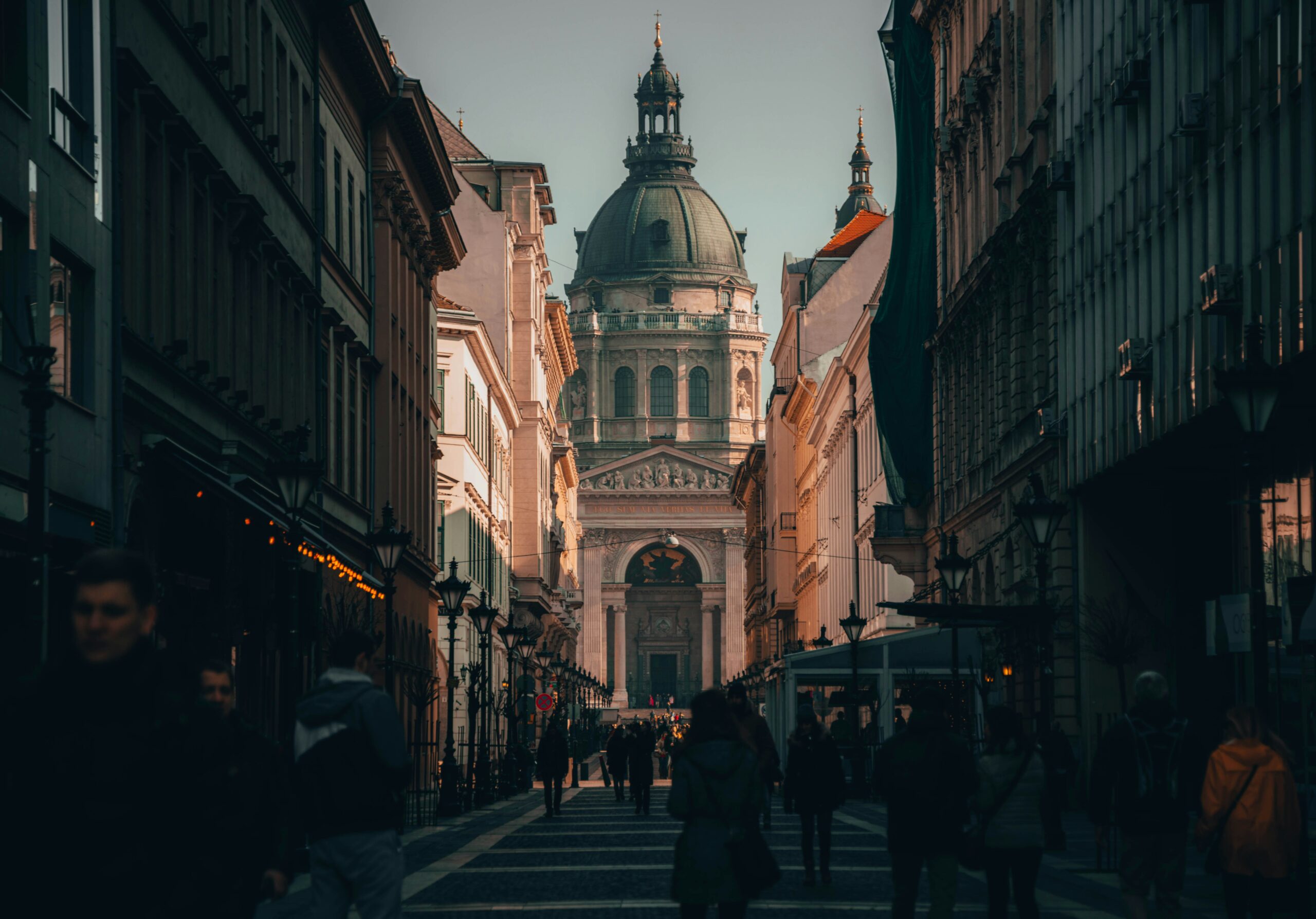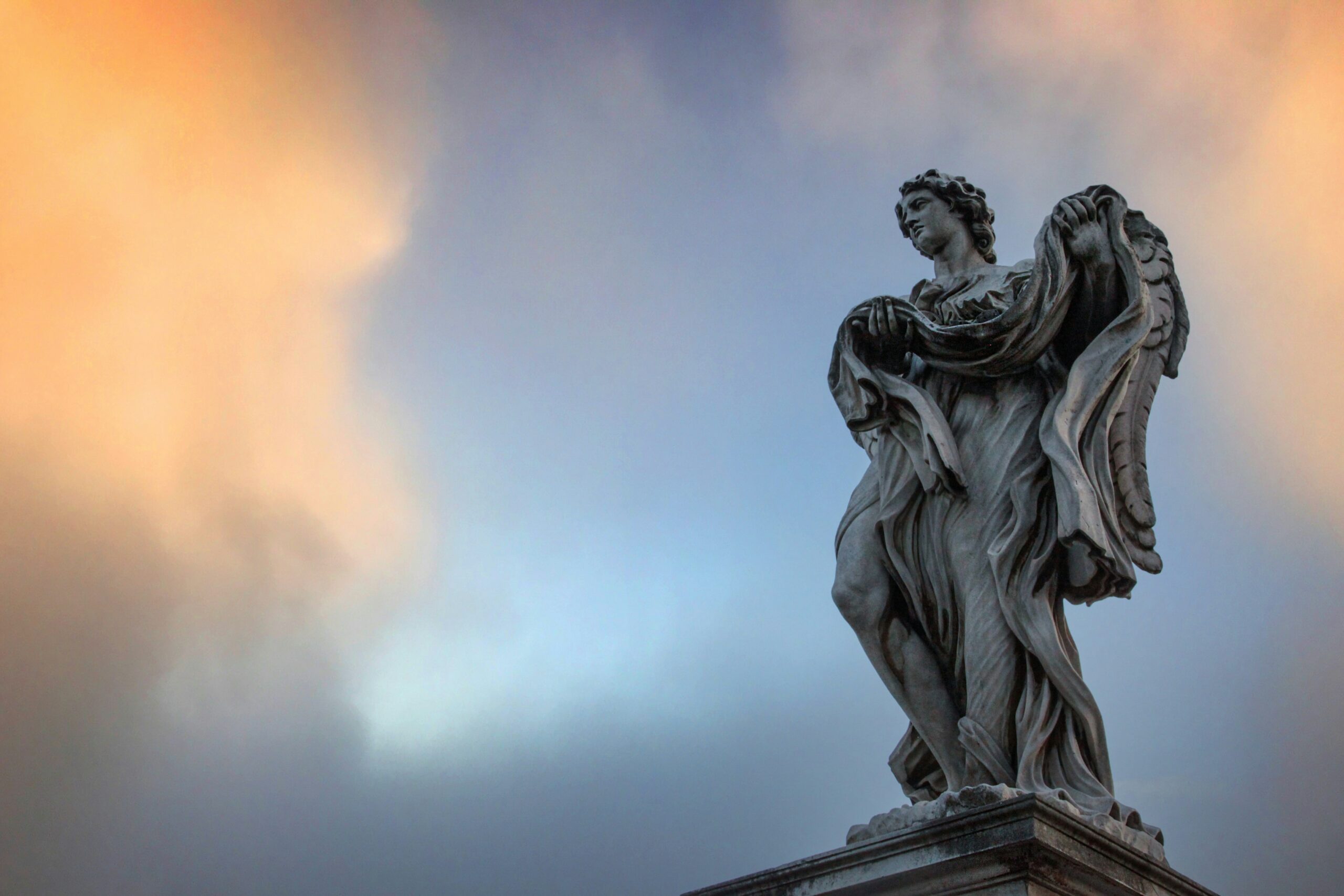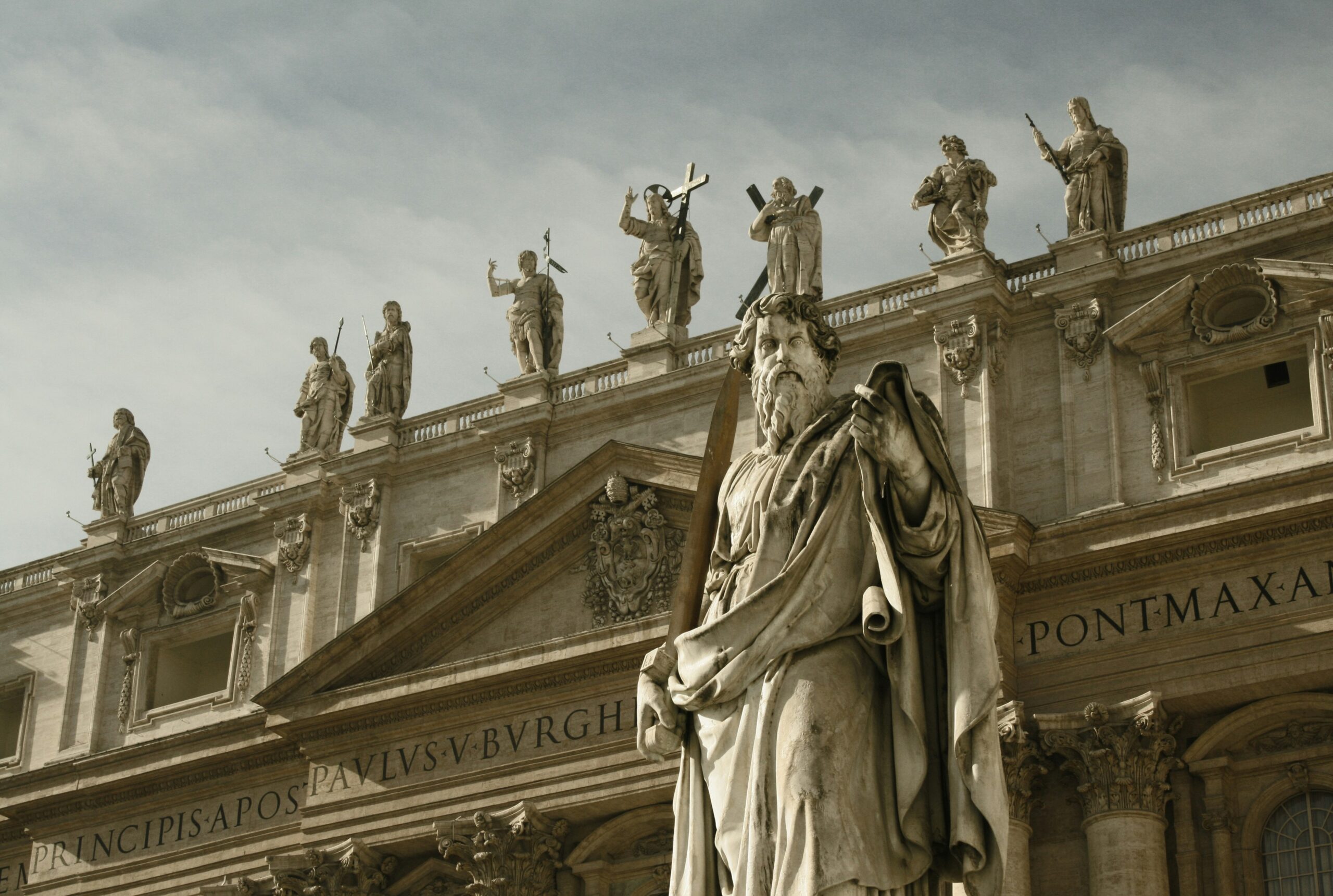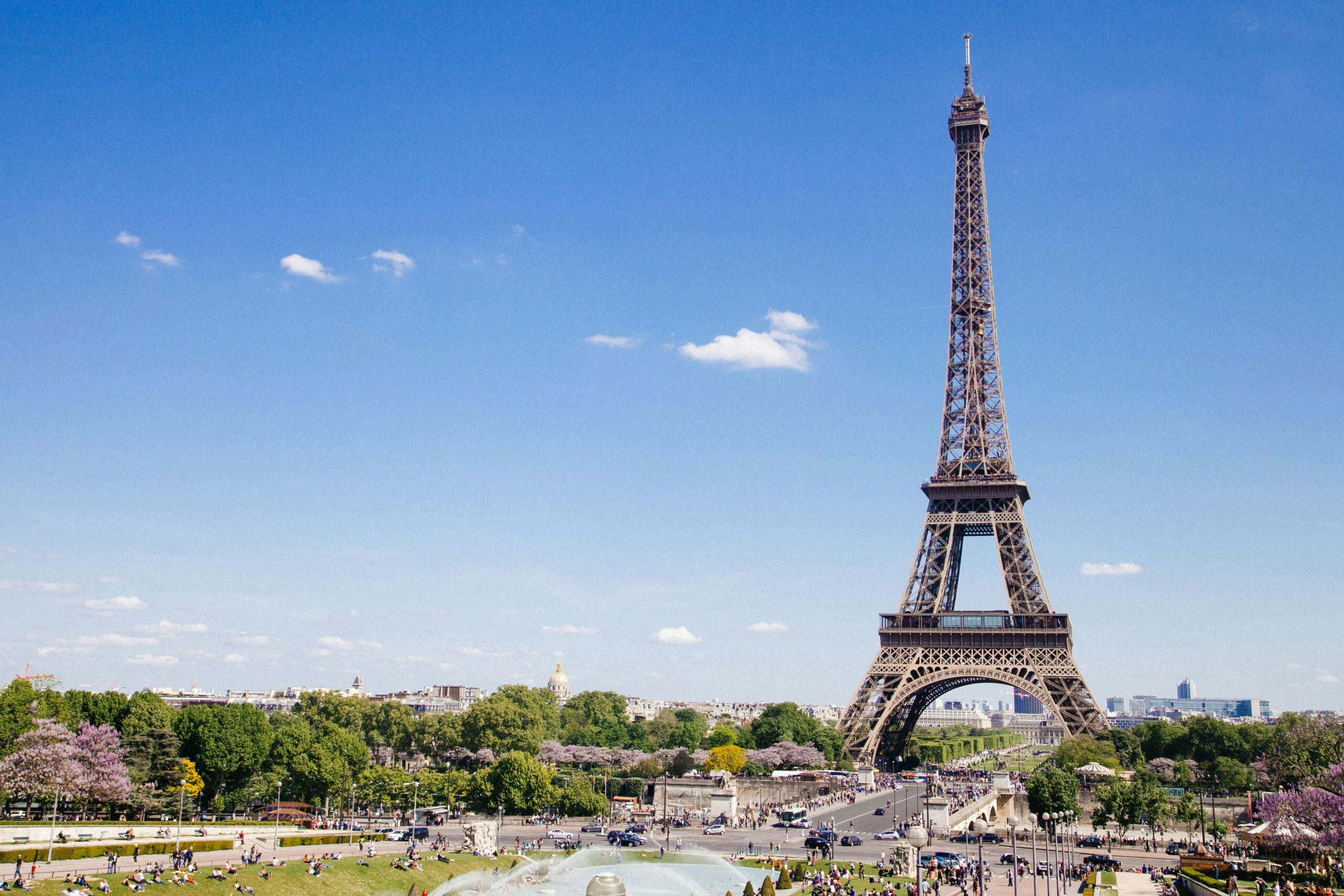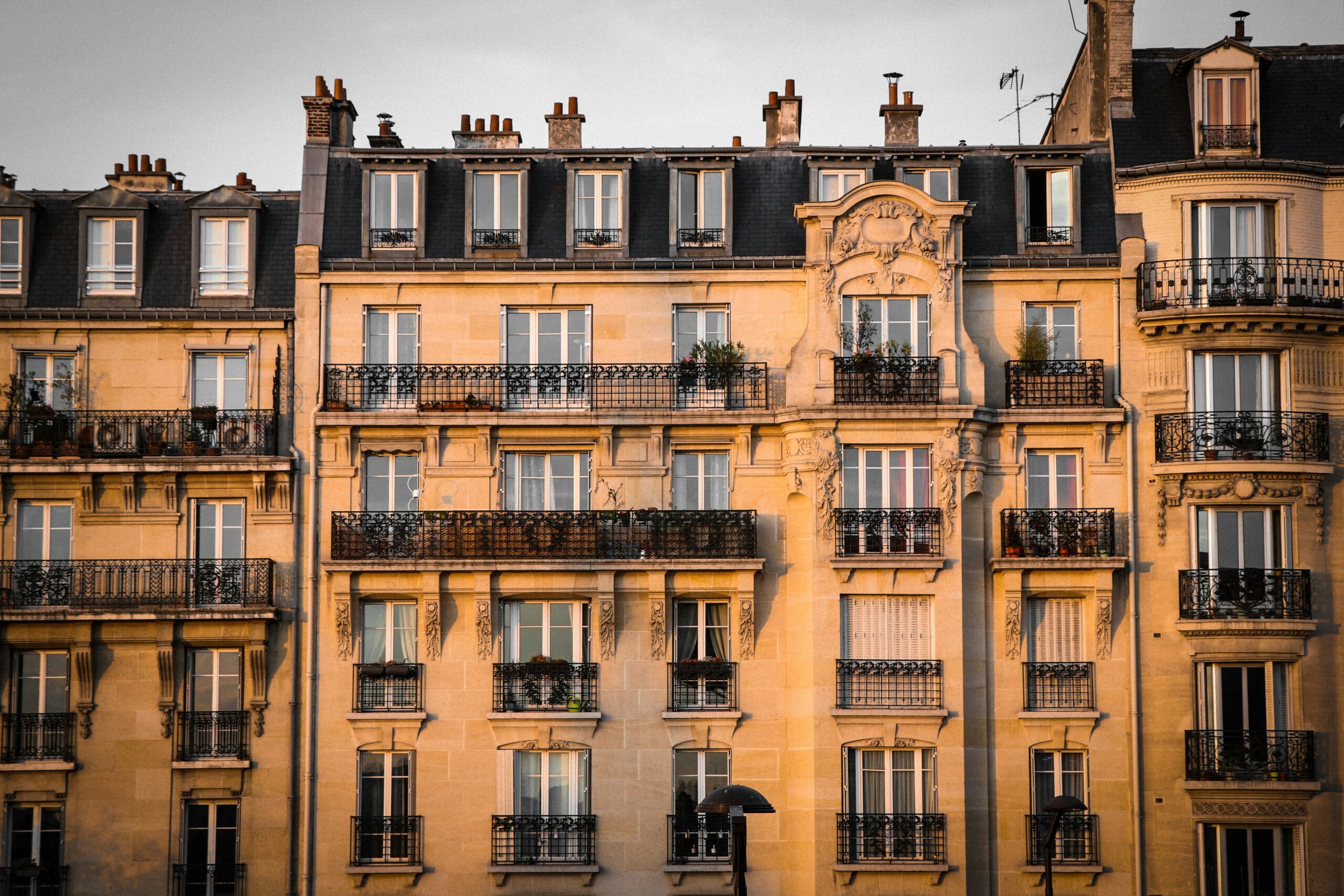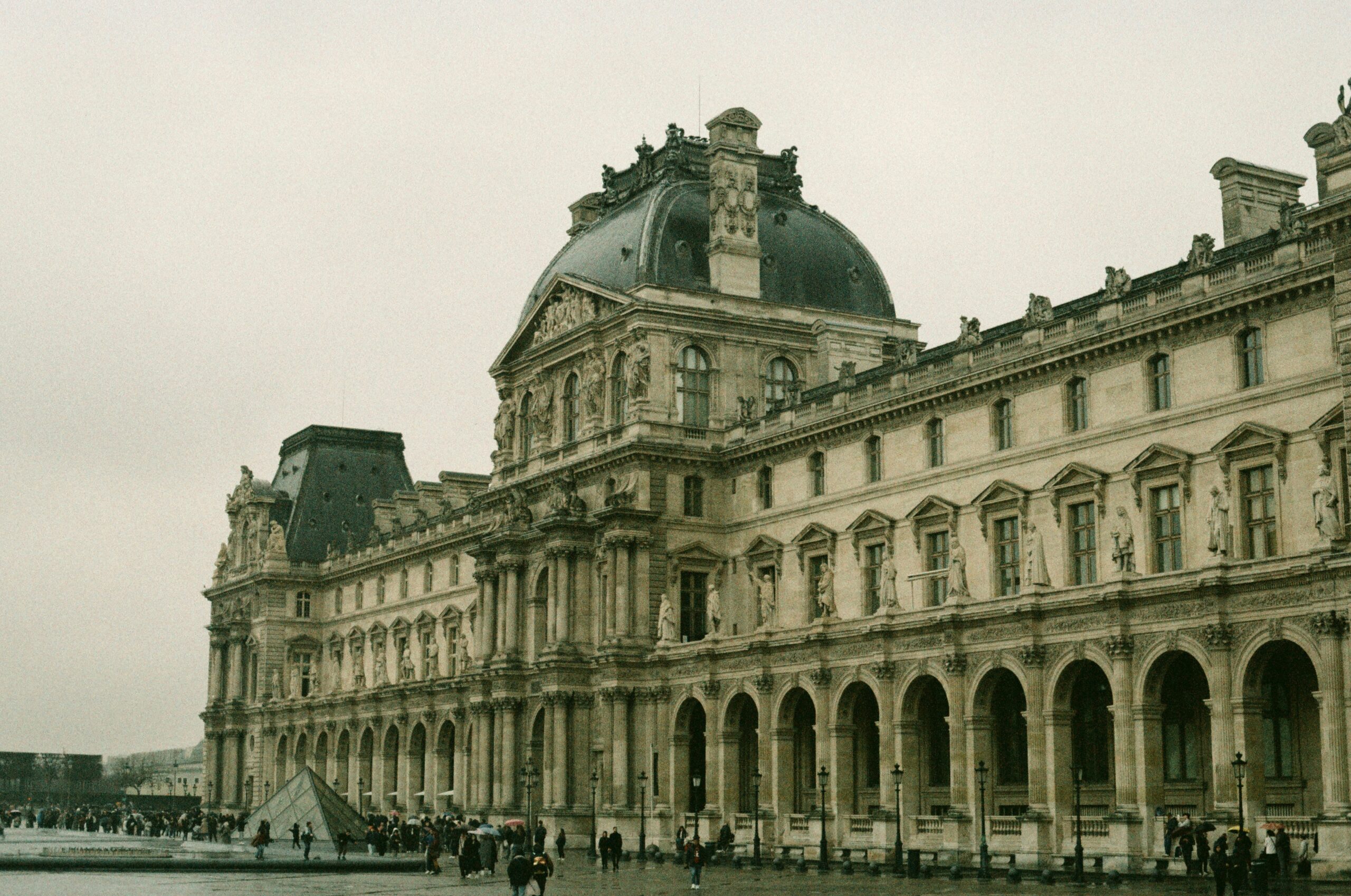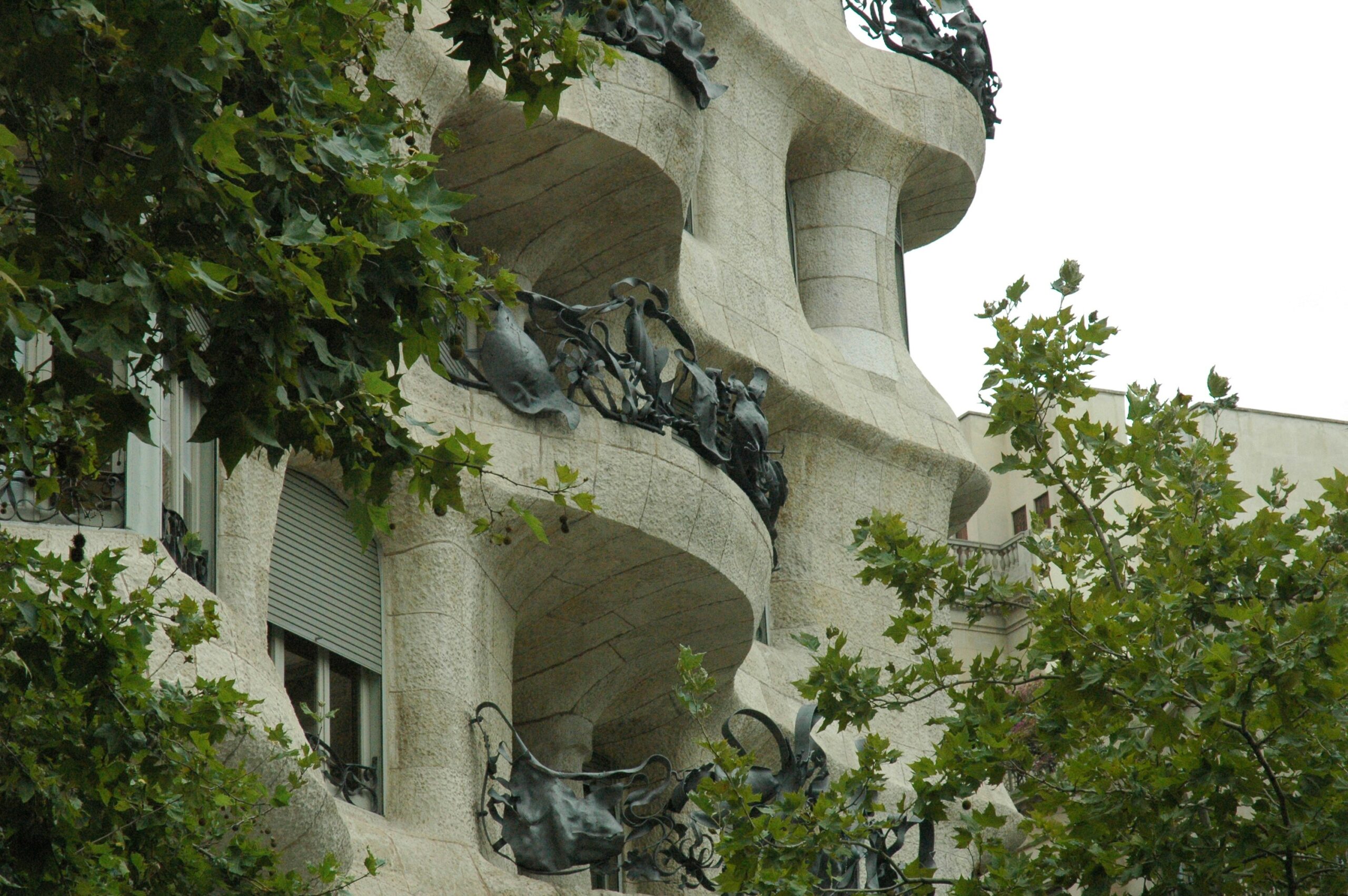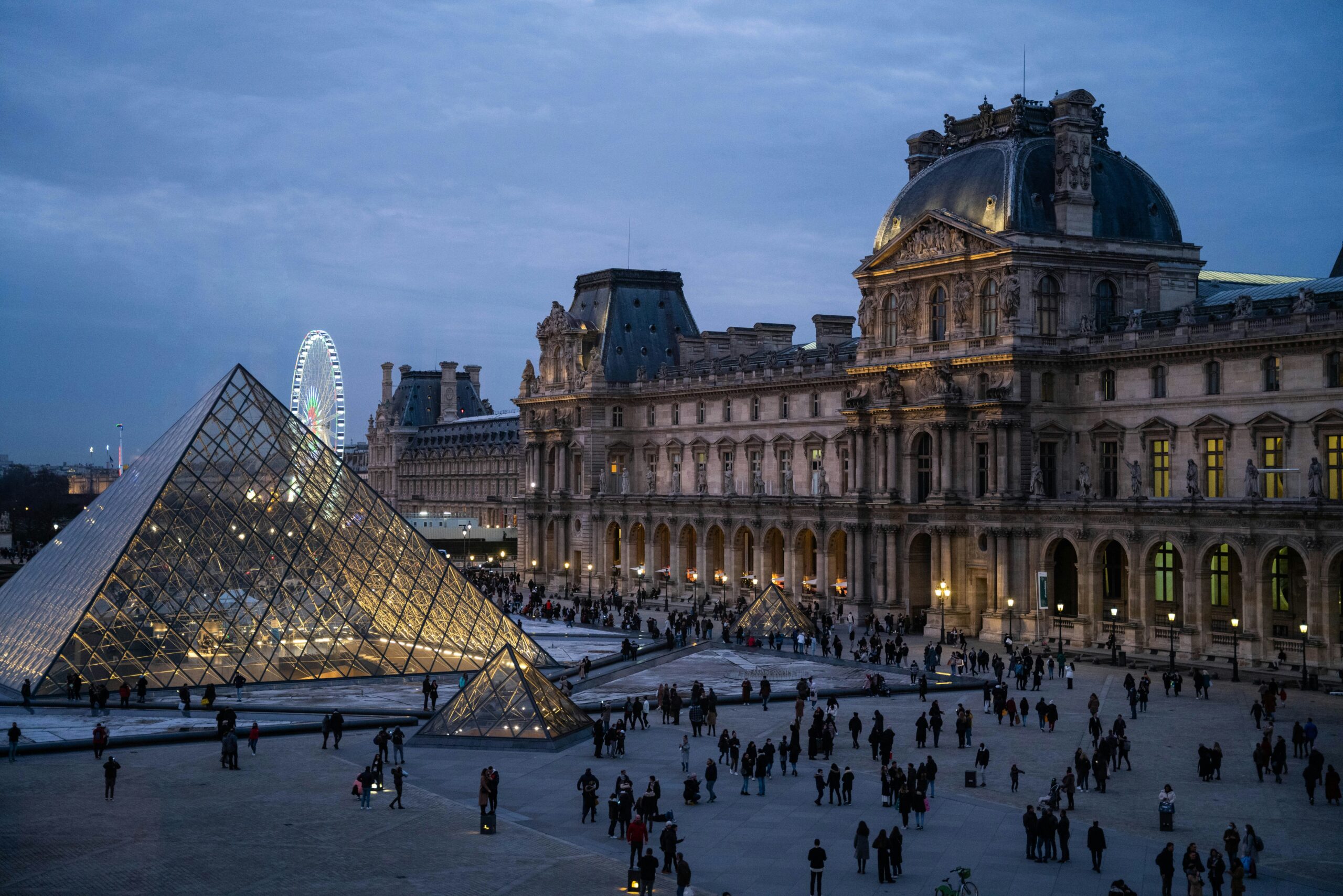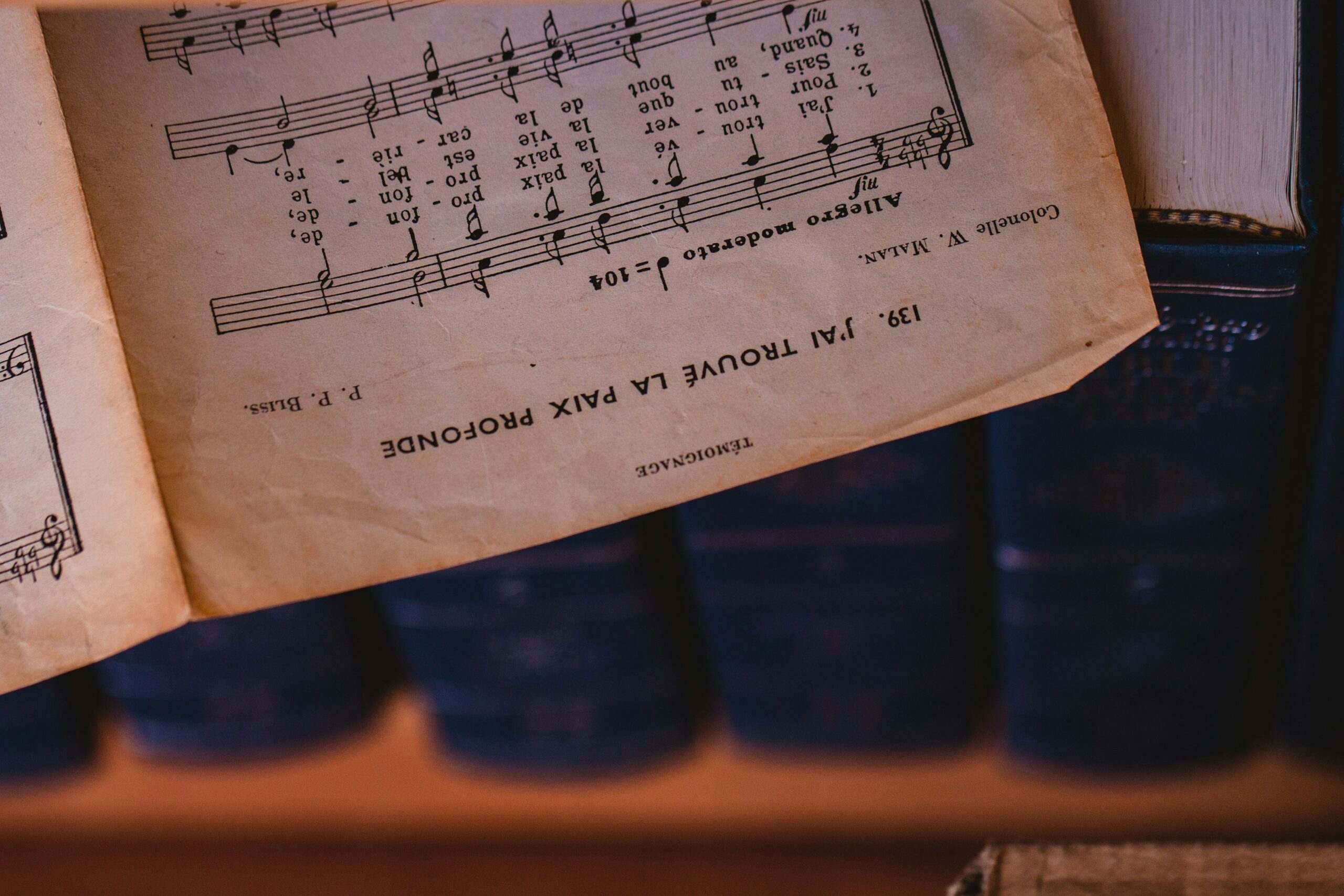What is French Art?
What is French Art?
Introduction
French art is a defining force in the world of creativity, shaping painting, sculpture, architecture, fashion, and cinema for centuries. Whether you’re a tourist exploring the Louvre, a food lover admiring the artistry of French cuisine, a history buff intrigued by European culture, or simply someone fascinated by artistic expression, French art holds something for everyone.
From the grandeur of Renaissance masterpieces to the bold strokes of Impressionism and the avant-garde innovations of Surrealism, French artists have consistently pushed boundaries, redefined aesthetics, and inspired global trends. But what exactly is French art, and how has it evolved over time? Let’s explore this fascinating world in depth.
- The Roots of French Art: A Journey Through History
French art has its origins in prehistoric cave paintings, evolving through centuries of influence from various artistic movements.
Medieval Art (5th-15th Century): Religious Symbolism & Gothic Influence
- French medieval art was deeply religious, with stunning illuminated manuscripts, stained glass, and towering Gothic cathedrals.
- Notre-Dame de Paris and Chartres Cathedral are prime examples of medieval craftsmanship, showcasing intricate stone carvings and awe-inspiring structures.
- Tapestries like the Lady and the Unicorn series tell mythical and historical tales in woven form.
Renaissance & Baroque (16th-18th Century): Classical Inspiration & Royal Patronage
- Inspired by Italian Renaissance masters, French artists like Nicolas Poussin brought classical mythology and realism to canvas.
- The Palace of Versailles, built during the Baroque era, is a testament to French grandeur, with its elaborate interiors and breathtaking Hall of Mirrors.
- Rococo art emerged as a lighter, more playful style, seen in the works of François Boucher and Jean-Honoré Fragonard.
- The Age of Revolution: Neoclassicism & Romanticism (18th-19th Century)
As France underwent political and social transformations, its art reflected these dramatic shifts.
Neoclassicism: Order and Heroism
- Artists like Jacques-Louis David emphasized strong lines, historical themes, and moral narratives in works like The Death of Marat.
- Inspired by ancient Greece and Rome, Neoclassicism aimed to bring order, rationality, and patriotism to art.
Romanticism: Emotion & Nature
- Rejecting the rigidity of Neoclassicism, Romanticism embraced dramatic lighting, intense emotions, and powerful landscapes.
- Eugène Delacroix, a master of Romanticism, painted Liberty Leading the People, symbolizing the power of revolution and freedom.
- The Birth of Modern Art: Impressionism & Beyond (19th-20th Century)
French artists were at the forefront of modernism, revolutionizing art with bold techniques and unconventional ideas.
Impressionism: Capturing Light and Movement
- Rejecting academic tradition, Claude Monet, Edgar Degas, and Pierre-Auguste Renoir pioneered Impressionism, focusing on light, color, and fleeting moments.
- Monet’s Water Lilies and Renoir’s Dance at Le Moulin de la Galette reflect the vibrancy and movement of daily life.
Post-Impressionism & Surrealism: A Bold New Direction
- Vincent van Gogh (though Dutch, he lived in France) and Paul Cézanne moved beyond Impressionism, experimenting with color and form.
- Surrealists like Salvador Dalí and André Breton pushed boundaries, embracing the subconscious, dreams, and surreal compositions.
- French Art Today: Contemporary Innovation & Global Influence
French art continues to thrive in contemporary galleries, street art, and digital design.
Street Art & Modern Movements
- Paris has become a hub for urban art, with artists like JR and Invader creating thought-provoking street murals.
- The Centre Pompidou in Paris showcases cutting-edge modern and contemporary art.
French Cinema & Fashion as Art
- Film directors like Jean-Luc Godard and Agnès Varda revolutionized cinema as an art form.
- French fashion houses such as Chanel and Dior turn clothing into wearable art, blending culture with haute couture.
Conclusion: A Legacy of Creativity and Expression
French art is not just paintings in museums—it is woven into the streets, fashion, films, architecture, and daily life of France. Whether it’s a Renaissance masterpiece, a thought-provoking sculpture, or a vibrant street mural, French art is a living, breathing testament to human creativity.
So, next time you admire a Monet painting, visit a Parisian gallery, or even sip coffee in a beautifully designed café, remember: you are experiencing the magic of French art.

